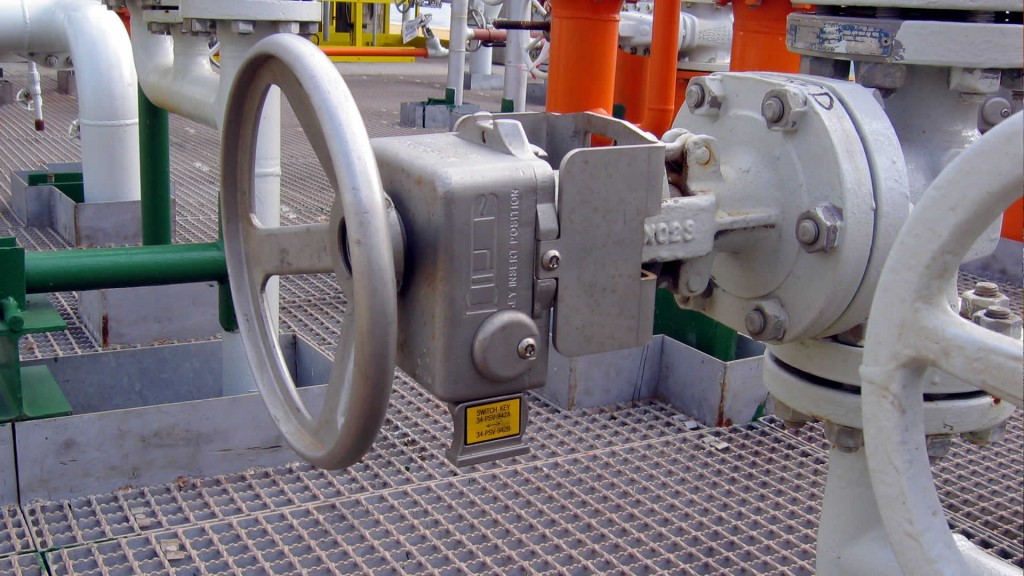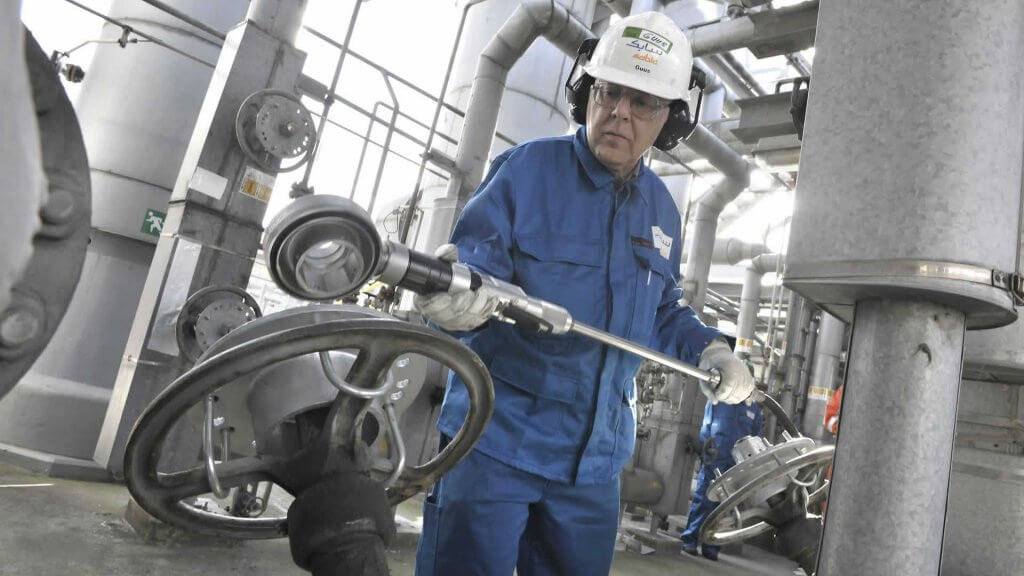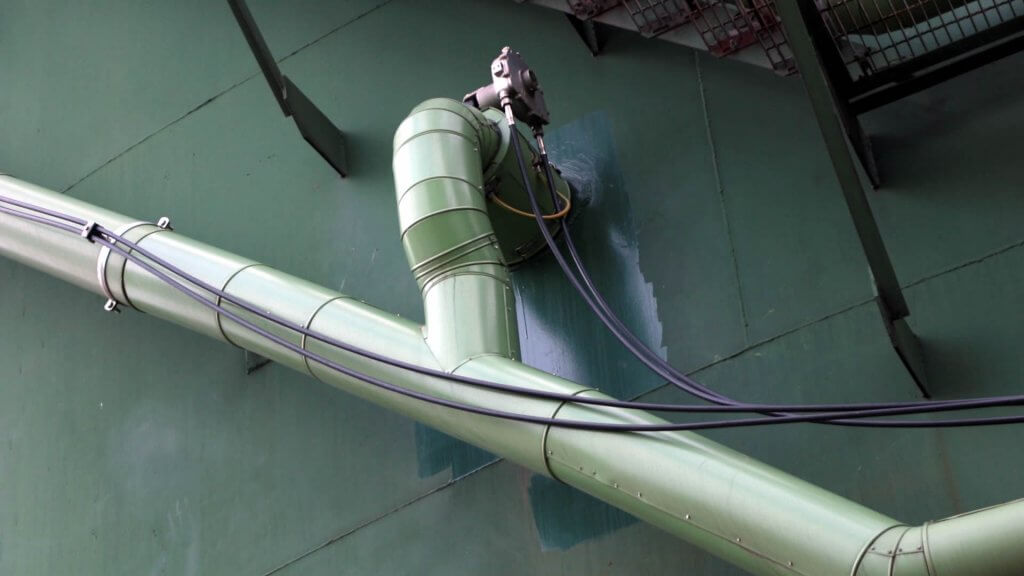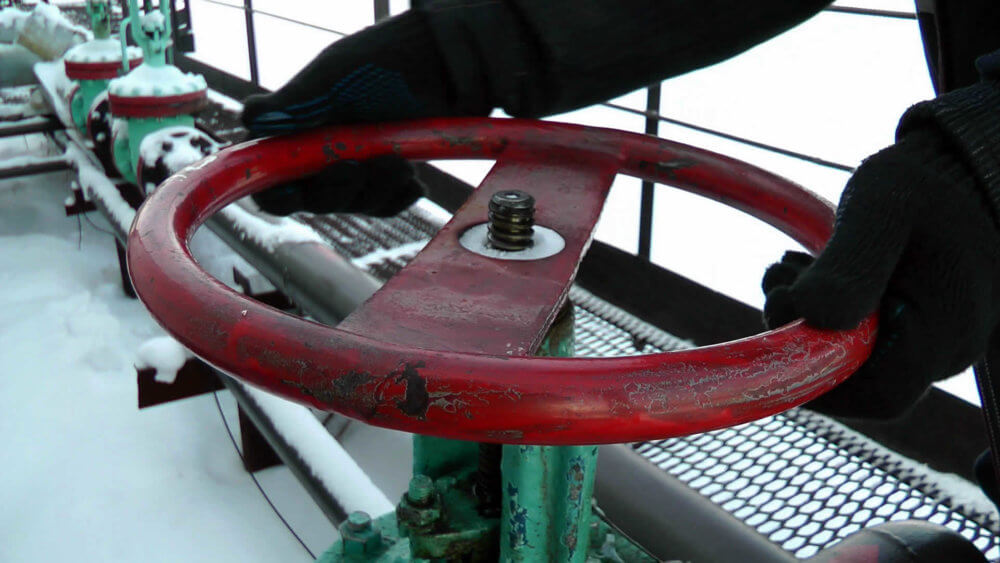Major global operating companies are progressively adopting the human factors engineering (HFE) discipline to ensure quality, safety, and fit-for-purpose equipment and facilities. Human factors are all those considerations that enhance or improve human performance in the workplace and negate the possibility of human error. HFE is the design of work processes and systems to ensure the safety and efficiency of workers by taking into account human capabilities, limitations, and requirements.
Background
The Health and Safety Executive’s (HSE) Accident Prevention Advisory Unit and others have shown that human error is a major contributor in 90 percent of accidents, 70 percent of which could have been prevented by management action. An incident may involve the failure of a number of additional barriers and controls, which could include poor organisational decisions, in order for human error to have serious consequences (‘Human factors engineering in projects’, International Association of Oil and Gas Producers, August 2011). Five factors have been identified as contributing to human performance: people, nature of work, work organisation and structure, equipment and the work environment. HFE seeks to reduce the risk to personnel and environmental health, to eliminate or reduce the consequences of human error, to increase efficiency and productivity and improve user acceptance of new facilities (as cited above). Internationally, there is a visible shift of emphasis in safety legislation from a sole reliance on prescriptive regulations to a risk management (goal setting) approach. Responsibility should sit with a company to put in place company-specific standards and specifications to ensure that risks and hazards are minimised. In fact, most major operating companies now have their own HFE technical standards. This ‘risk management’ approach can be applied to ensure processes are introduced that reduce the possibility of design-induced risks to health, personnel, process safety or environmental performance while at the same time ensuring efficiency and productivity prevails. This approach places responsibility on owners and operators to adopt ‘best available’ technology and methodology to ensure safety. Therefore, the design of work processes and systems to ensure the safety and efficiency of personnel is vital.
Process safety excellence – From personal safety to process safety
Valve systems must be designed for safety, rather than placing sole responsibility on the operator. Distractions, misunderstandings, and shift changeovers can all lead to the operator making major errors. Relying on operator adherence is not enough: safety must be applied to the process itself. The focus then becomes accident prevention, not accident management. Work systems provide a way of controlling potentially dangerous tasks. They outline necessary steps, such as maintenance procedures, that require isolating particular machinery. Lockout Tagout technology is used to ensure that equipment cannot be reconnected or reinstated while it is being worked on. Such padlocks or chains require procedural clarity, accurate identification of hazards, thorough checking, and adherence by operators. This process places responsibility on the employee without system support. This is often referred to as ‘personal safety’, rather than ‘process safety’, with an onus on the operator rather than the process. Getting it right first time and every time is essential for safety-critical processes, so a much more robust solution is required – mechanical valve interlocks.
Mechanical valve interlocks for total process safety
Mechanical valve interlocks remove the ‘human factor’ by ensuring dangerous processes can only happen in a designated sequence. Interlocks are relatively simple, specialised, mechanical devices fitted to the host equipment. Valve interlocks are attached to the host equipment (any valve, closure or equipment needing human intervention) and comprise a simple lock-and-key design. Workers transfer specific keys from lock to lock (equipment to equipment) in a particular sequence. The next step in the process is only allowed once the previous step has been completed.

The sequence must be followed in the exact order to completion. Mechanical valve interlocks make sense from a productivity standpoint too. Interlocks can help to ensure the safe transfer of product. The root cause of loss-of-containment incidents, caused by failures during the isolation and reinstatement of process plants, is often attributable to human failures. Interlocks are robust, mechanical devices that ensure an operator is forced to follow a correct sequence of operation, without taking shortcuts that could compromise a plant, process, people and the environment. Safety relief valves and pig traps are commonly fitted with mechanical interlocks but there are many broader applications in which interlocks are used. Interlocks can be customised to suit diverse operational requirements. Across the globe, clients are stipulating their use and interlocks are frequently incorporated into specifications to enhance safety and negate human error.
HFE and valve operations
General HFE principles suggest undertaking a valve analysis to rank valves according to their importance and frequency of use. Valves should be selected, located and labelled so that they can be operated, maintained and inspected with accessibility appropriate to their service, without exposing operators to the risk of injury. Equally, accessibility / operational risks need to be considered in established plants so that any possible safety issues are alleviated. The HFE design requirements regarding location and orientation are mainly applicable to manual valves, but also apply to motorised, mobile actuator or otherwise remotely-operated valves if their expected criticality is such that they may need rapid or frequent manual intervention either to override or manually operate them or to visually check their status. Considerations should include the task involved – what are operators expected to do? Can they access the valve with ease, or is it located out of reach or squeezed between other equipment that could prove risky to reach and operate? Does the valve require high levels of torque, and does the opening and closing of the valve need excessive force, using prolonged repetitive motions with a static or awkward posture? Are all members of the workforce capable of undertaking this task? And does the weather (extreme heat or cold) or other environmental conditions play a role in how easily the valve can be opened/closed?
Preventing injury from valve operations – The case for portable valve actuators
The principles of HFE can be applied to the physical operation of valves on-site. An increase in the diversity of workforce age, gender, and physical strength requires consideration. Operating valves can expose operators to the risk of musculoskeletal injury through repetitive twisting and stretching, where back injuries are common. Valves vary in size and can require over a hundred turns using excessive, sustained force by several users at once. Valves can be difficult to operate because of high torque or circumstances where climatic conditions can seriously impair operator functionality and effectiveness. Worker fatigue may mean that not all valves are always opened or closed fully, resulting in potential safety hazards.

Without portable valve actuators, operators may need to carry out more frequent maintenance and servicing on difficult-to-operate valves to ensure that operation effort is kept as low as possible which, in turn, reduces productivity. Portable valve actuator systems reduce operating time and personnel health problems, complementing the needs of an increasingly diverse workforce, and can be used regardless of operator strength. One operator can open/close multiple valves with a single tool while reducing fatigue and injury risk. Portable valve actuator systems greatly improve productivity and performance: users have complete control. Such solutions alleviate the risk of injury resulting from valve operation and satisfy the general aims of HFE identified by the International Association of Oil & Gas Producers.
Major operating companies like BP, Exxon, Chevron, and Shell have all used portable valve actuators to protect operators while improving efficiencies. For example, at a Shell refinery plant in the The Netherlands, portable valve actuators are used to ensure the quick operation of manual bypass valves.
As the plant is reliant on the nearby river to feed cooling systems, a filter is used to prevent the passing of debris. When the filter is obstructed, the speedy operation of the bypass valve is essential to ensure the continual flow of fresh cooling water to the plant. With a portable valve actuator, large 36” gate valves are opened within a matter of minutes, without causing any strain on the operator. Torque is fully controlled by the tool, alleviating the risk of back injury, at a time when operators are under pressure to respond quickly.
Operating valves in hard-to-reach and hazardous locations – the case for remote valve operators
In many situations valves are located in remote, hazardous or inaccessible areas yet still require operators to easily open or close them. However, unavoidable constraints on accessibility mean that operators have difficulty ensuring valves in critical service are properly open or closed. Remote valve operating systems are the commonsense approach to accessing these valves, ensuring that operators are kept at a safe distance while valves are actuated efficiently. The systems can pass through walls and floors to operate valves via a linear drive cable at distances up to 30m, allowing operators to stay in safe designated areas while valves are operated remotely.

Even with non-critical valves, permanent accessibility is desirable. Operators may be required to operate hard-to-reach valves or faced with restricted access conditions due to other process equipment and pipes, which can, in turn, make the valve hard to operate. In order to overcome such issues, dangerous or inaccessible valves can be operated by using a remote valve operator, which is a cost-effective safety tool for companies to remotely control valve operations from a safe distance. A remote valve operating system allows the user to locate a point of operation at a safe vantage point, in a safe area, or in a better, ergonomic position, discouraging potentially unsafe behaviour like climbing on valves to gain access. The solution removes problems associated with confined entry points and can also be submerged in flooded pits. Such a remote drive system fulfills the guidelines of HFE by eliminating potentially difficult design issues in a cost-effective way. It overcomes obstructions to access and can increase operator safety with valves in potentially hazardous areas.
Major operating companies like Total, Statoil, BP, Repsol, Exxon, Chevron and Shell have all used remote operating systems to overcome issues of accessibility. For example, more than 50 systems have been supplied to Repsol refinery and petrochemical plants across Spain to solve issues associated with valve access. Operator stations are positioned in a safe area, or in a better ergonomic position for operation. Most recently, remote operating systems have been supplied to the KEPCO nuclear project in the UAE. In total, over 600 systems have been installed, meeting the strictest of industry standards. The remote operation capability improves the safety and functionality of valve operations in nuclear facilities by reducing the exposure of operating personnel to hazardous materials. According to the Ionising Radiations Regulations 1999, Part II, Section 8, “every radiation employer shall, in relation to any work with ionising radiation that he undertakes, take all necessary steps to restrict so far as is reasonably practicable the extent to which his employees and other persons are exposed to ionising radiation.”
By taking simple steps to integrate safety into valve operating systems, your workers are protected.
Many routine procedures are potentially dangerous if executed incorrectly or in unsafe conditions, with the scope for injury and/or damage significantly increased when high temperature, high pressure or toxic/flammable product is present. By taking simple steps to integrate safety into valve operating systems, workers are protected and work processes flow in a designated, safe way.
Mechanical valve interlocks are versatile building blocks that can be configured to meet almost any simple or complex procedure. Drive systems are cost-effective ways to operate difficult to open and/or hard to reach valves, protecting personnel while increasing efficiency. Although 90 percent of accidents are thought to be caused by human error, some consideration should be given as to whether incidents occur as a consequence, whether direct or indirect, of a failure to properly consider the suitability of the working environment for optimal human performance or where human error is ‘design-induced’. Design features should support critical human tasks, especially in potentially dangerous valve operations.
The aims of HFE are to reduce the risk to personal health and process safety and reduce the likelihood of errors occurring. The adoption of HFE best practice ensures that adequate controls are in place to reduce the possibility of injury and the potential for human error. Portable valve actuators and remote valve operators are an example of cost-effective solutions that complement the HFE discipline. They alleviate possible safety concerns and can be used across an array of industries to support safe and successful valve operations.


